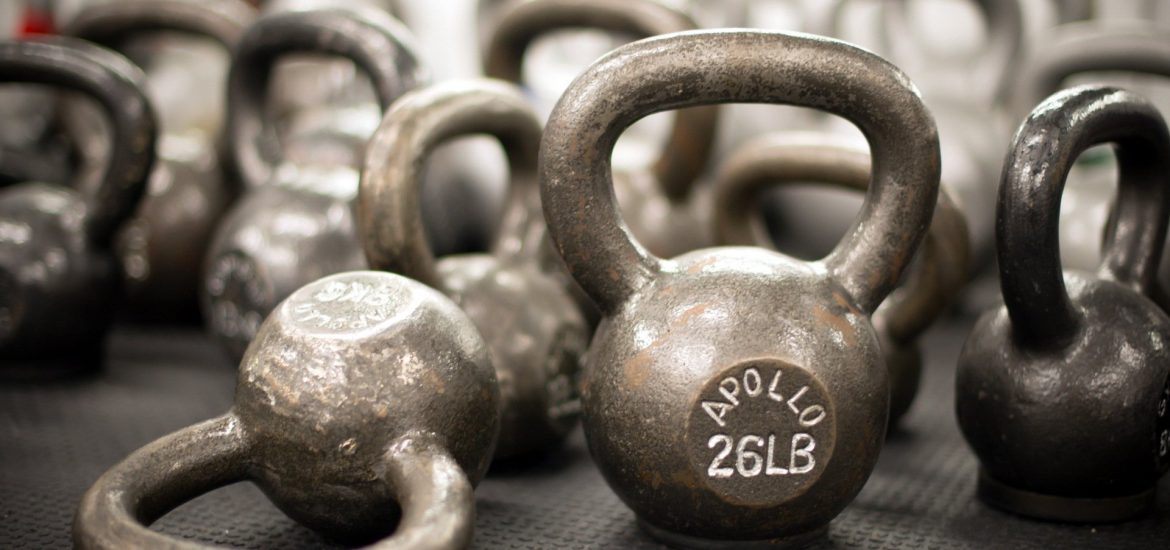Okay, so what’s the hype about HIIT workouts anyways?
First thing first, HIIT stands for High Intensity Interval Training. It’s essentially a fancy acronym for saying that your heart rate is going to be in a high burning metabolic training state. So fast heart rate equals a higher rate of fat burning.
You’ll commonly see HIIT and it’s cousin LISS training together. LISS stands for Low Intensity Steady State training. Think of LISS as cardio you probably do and don’t even realize it’s happening, such as running or cycling.
Benefits to HIIT
There are a lot of benefits to mixing HIIT workouts into your weekly work out regime, but below are just a few of the side effects you’ll receive from this sort of training:
+ Burn more calories during and after your workout
+ Lower abdominal fat and body weight while still retaining muscle mass
+ Heart health. Happy heart, happy you.
+ You can perform HIIT workouts anywhere, anytime, no equipment or gym needed.
+ Metabolic increase
HIIT puts you into a zone called EPOC (excess post-exercise oxygen consumption). This fancy term means that you put your body into a higher metabolic state from increasing your oxygen consumption, which is required by your body to put you back into your pre-exercise state, thus using more energy.
Efficiency is the Name of the Game
According to a 2011 study presented at the American College of Sports Medicine Annual Meeting, just 2 weeks of high-intensity intervals improves your aerobic capacity as much as 6 to 8 weeks of endurance training.
Picture this: You’re training for a Spartan Race, knowing that it will be a true test of your endurance, strength, and cardio. In two weeks of HIIT you can improve your aerobic capacity to equal what you would’ve accomplished in eight weeks. It seems to good to be true, but it really is that efficient.
For those looking to increase their endurance and enhance their cardio health, HIIT is the most efficient way to reach your goals. The added benefit of retaining your muscle mass helps ensure that you’ll still have the strength to combine with your endurance.
Setting Up Your Workout
HIIT is all about it’s namesake: intervals. You’ve got a few options when it comes to setting up your intervals.
You can opt for a 1:1 ratio, for example, 1 minute of hard work with 1 minute of rest. 3 minutes of hard work, 3 minutes of rest, etc.
There’s also a variation like this:
30 seconds work
45 seconds rest
30 seconds work
30 seconds rest
30 seconds work
15 seconds rest
I call this a pyramid style interval set. You keep the work constant, but decrease the rest and then you would increase the rest time back up to 45 seconds. Really, the intervals are all in your control as long as you follow the most important step.
Here’s some other workouts you can begin with, and then build from this base:
Intensity
You’ve got to put your foot to the floor and really up your energy and effort. LISS cardio is really ever only about 40-50%. You could still have a small conversation while running for training purposes if you wanted.
HIIT, you should be so out of breath after your work sets that you cannot speak to the person next to you. If you find that you’re able to do so, you’re not putting in 80% or more in effort. The intensity piece is the most important because this is where you body kicks into high gear and spikes its metabolic rate. This is where the magic happens, the science starts, the results are seen.
How Often?
So HIIT is obviously intense. You’re pushing your body to the absolute edge. The most common question becomes, “How often can I do this type of training?”
The short answer is 3 times a week.
The long answer, and more thorough, is a little more complex than that. You should begin with one HIIT training a week as you start your body getting used to the kind of effort you’ll need to put forth during the workouts. Additionally, since HIIT is more intensive then regular cardio, you’ll need to give your body recovery time. Rest days are important. HIIT everyday is going to wear your body down and make your more prone to injury.
As you become more adjusted to incorporating this training into your workout, you can go from once a week to twice, twice to three times, three times to four- as long as you are listening to your body and giving it the rest it needs.
The regime doesn’t need to be strict, it just needs to be maintained.
Sources:
